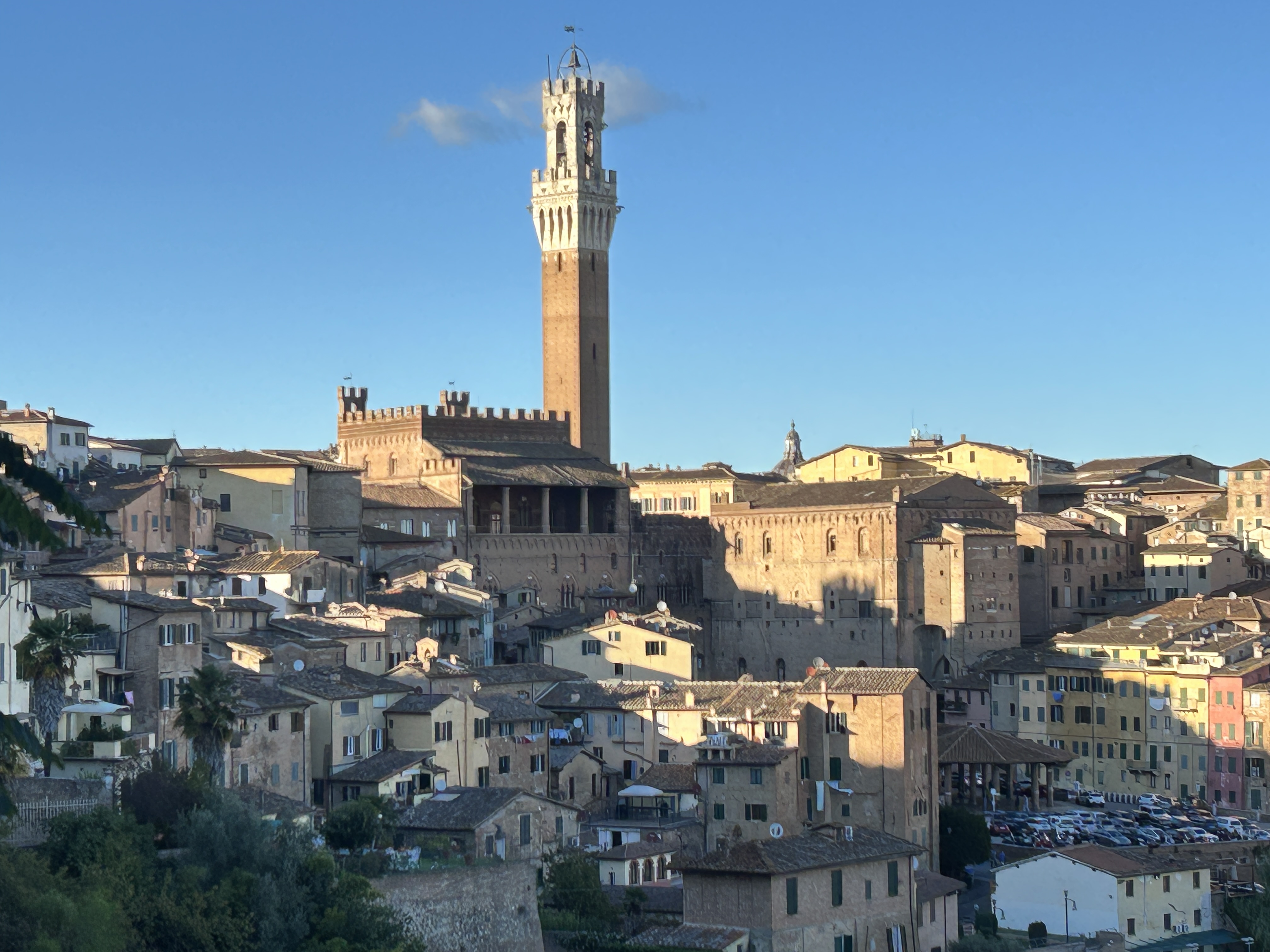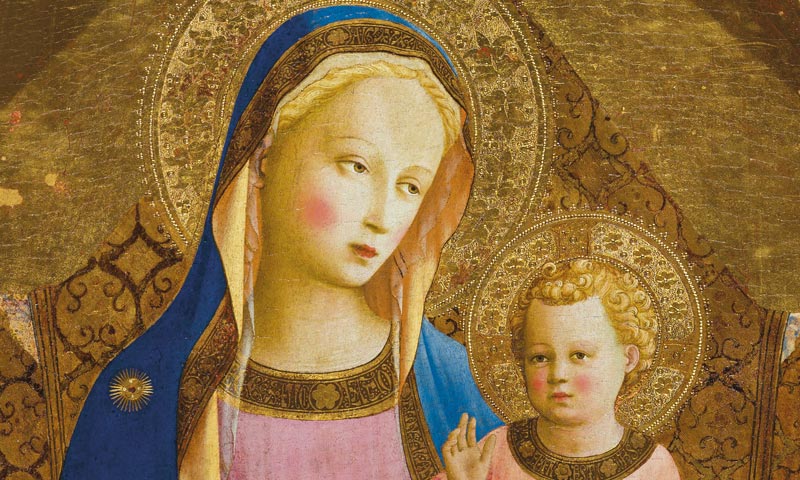This time we turn our attention to Rome! We are not however, following any beaten track; so, no Roman Forum, Spanish Steps, Trevi Fountain, or St Peter's Basilica….
We do need the Colosseum however, but that's only to find our way: Just behind the Colosseum is a small street, where few tourists go: Via di Santo Stefano Rotondo. It leads us to the church named after Saint Stephen, an early Christian martyr.
What are we doing here? We are receiving inspiration from the Christian community as to how best get rid of our fellow man.
Warning: this article is not for sensitive readers or viewers….
Let’s begin here: Some Christians were martyred for their faith. In the Catholic Church, martyrs who were an example to the faithful were sometimes canonized. They were always depicted with a recognizable attribute such as St Barbara with the tower in which she was imprisoned. St Anthony with a pig at his side. St Francis showing his stigmata. In this way, the illiterate medieval people had no problem in recognizing their favorite saint on a painting in the church.
For those Saints who were persecuted for their faith, the method of their torture or killing was also often depicted: St Sebastian perforated with arrows, St Catarina with her famous wheel on which they wanted to kill her (but without result), St Peter of Verona who died by dagger and axe.
Here, San Lorenzo is depicted being barbecued alive. Also, the executioners of Saint Erasmus who have tied him to a rack and cut open his belly. His small and large intestines would have been slowly twisted out of his abdomen by a windlass.
Executioners would seem to have excelled through their very perverse creativity: Our guesses as to what methods of torture were inflicted: Combing body hairs with zeal? Giving the thumbs up? Epilating too enthusiastically? Anything is possible….
With so much persecution and misery around it was common to lose one’s head!
Haven't seen enough wretchedness yet? Then continue on to Santo Stefano Rotondo….
The side walls of this church were completely painted in 1582 with frescoes by Nicola Circigani. Since then, 34 scenes from the lives of holy martyrs have adorned the walls…although, adorn is not perhaps the right word, given that the scenes depicted are of a rather gruesome nature: they are the death scenes of the 34 different martyrs.
The Santo Stefano Rotondo is an early Christian church in Rome. It was built in the first half of the 5th century. It has a curious round shape, possibly based on the first Church of the Holy Sepulcher in Jerusalem, built a hundred years earlier.
The central part of the church has a diameter of 22 meters and is supported by 22 antique columns with capitals dating back to the 5th century and laid out in the Ionic order. The concentric nave with a diameter of 45 meters has been built against the central part.
But now for what we really came for! The frescoes on the walls fit into the context of the Counter-Reformation. They represent all kinds of martyrdom inflicted on the early Christians. Saints and martyrs are devoured by wild beasts, drowned, boiled, burned, blinded…..
The scenes were intended to warn young priests of the dangers they might face when going to distant lands to convert people to Christianity.
We can only give our best guess at what is being done: don't stick out your tongue or...? An ancient type of waterboarding, but with hot water….?
Burn your hands or just have them cut them off?
All variants of ‘hanging around’?
The major action here, is the variety of ways invented to end lives.
There are the classic methods: Drawn on the wheel. Stoned. Crucified.
The efficient methods: Decapitation. Being buried alive.
The ecological methods: Being fed to the lions or mauled by hunting dogs.
The culinary methods: Skewered. Butchered. Boiled. Smoked
Or very effectively, just simply crushed…..
Santo Stefano in Rotondo: comes recommended as a (very) alternative visit to Rome!
P.S. All photos are taken from works of art in Italy!


















